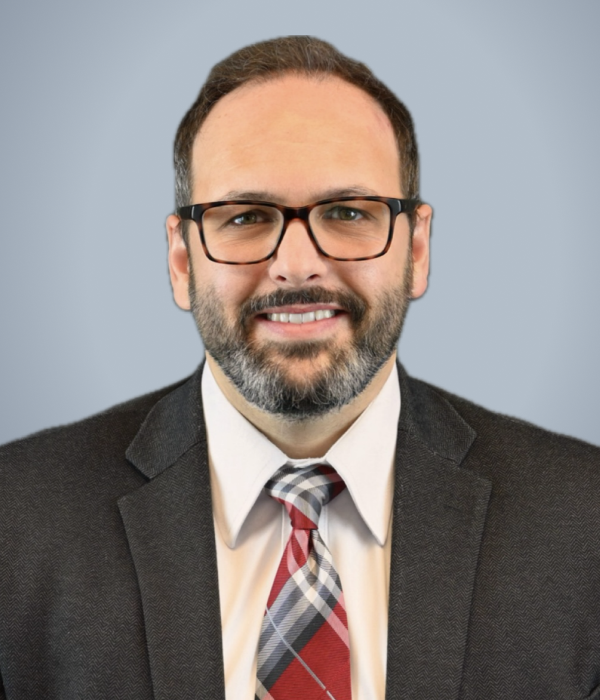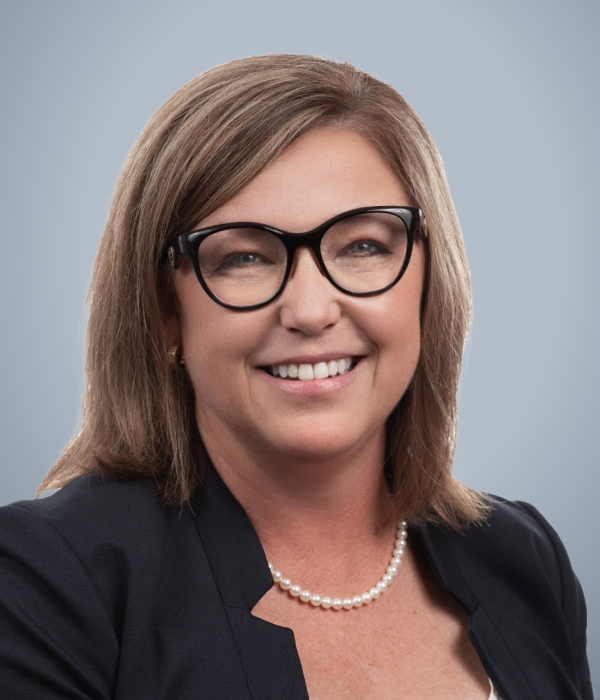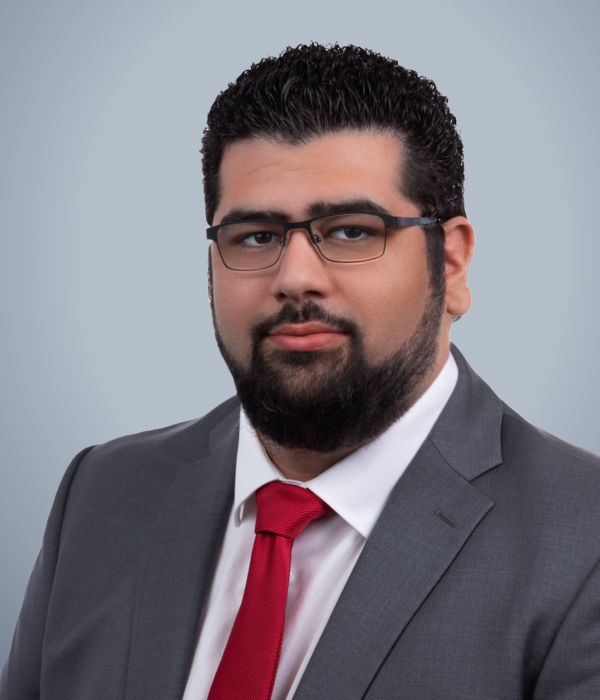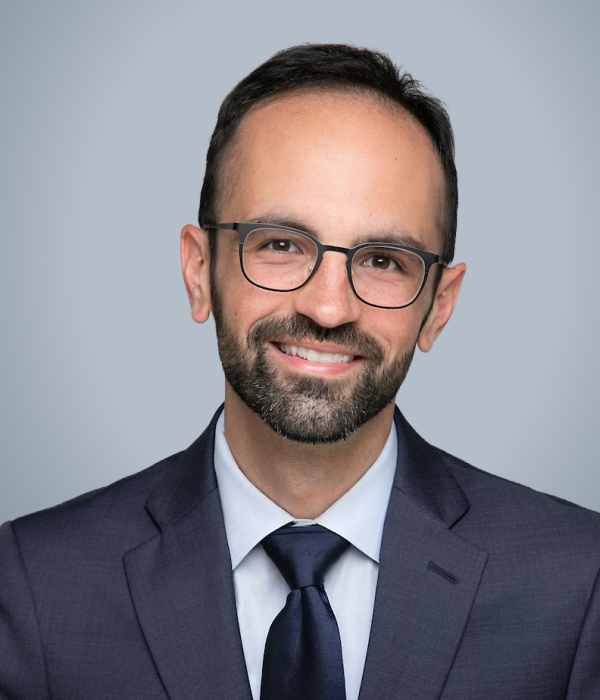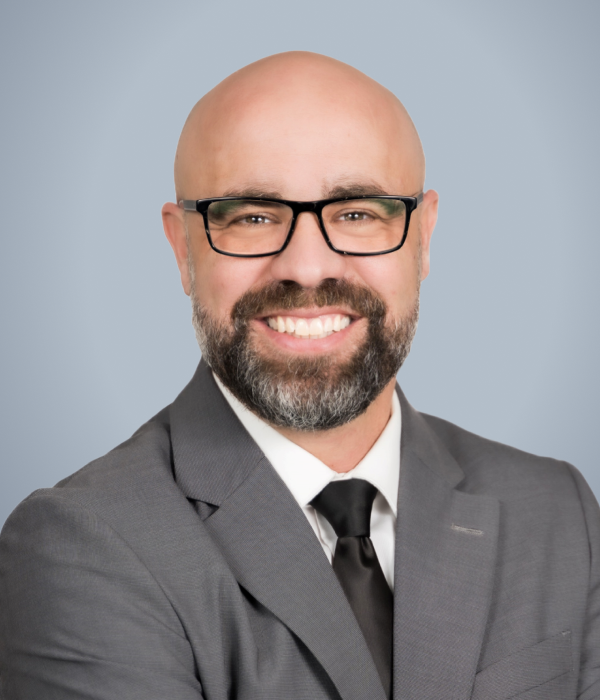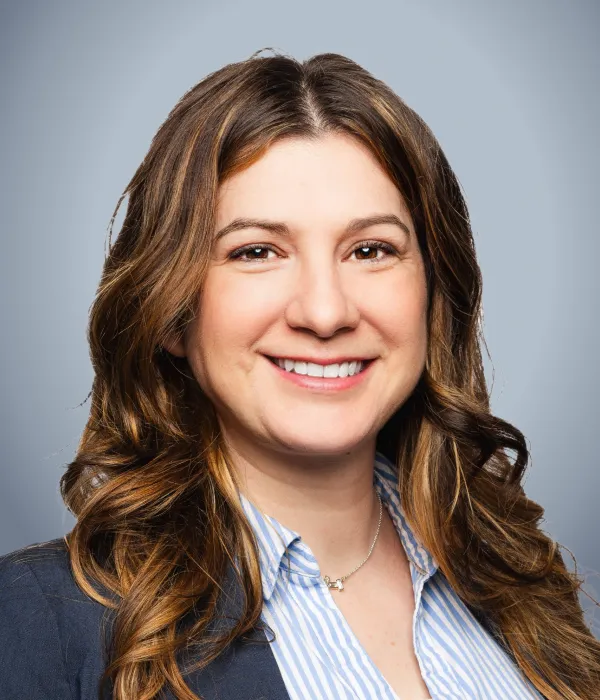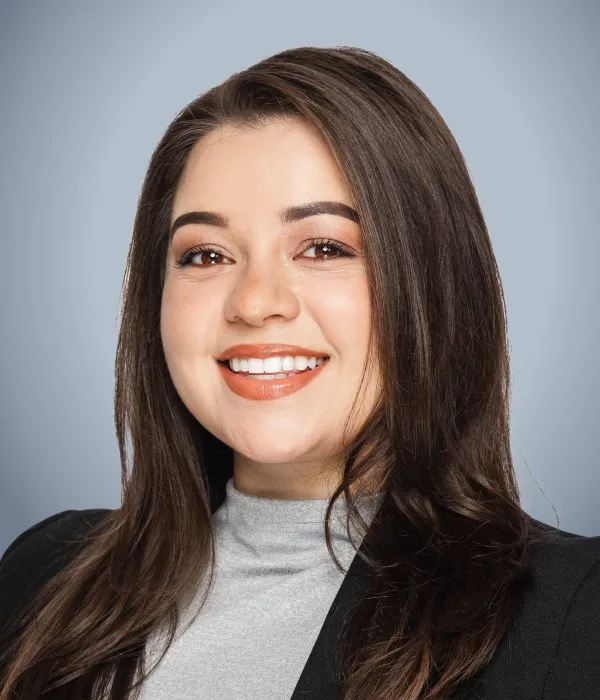
Bankruptcy Law
Due to unforeseen circumstances, the time may arise when an individual or a business becomes unable to pay its debts. To address these issues and to provide a means of resolving such problems, the federal government created a bankruptcy system consisting of bankruptcy courts and detailed bankruptcy laws. Today’s bankruptcy system allows debtors a way out from under their overwhelming financial obligations.
Bankruptcy Practice
Dickson Frohlich Phillips Burgess’s attorneys possess a deep understanding of the bankruptcy principles and laws. Our attorneys assist clients throughout Seattle, Tacoma, and the Puget Sound region in various bankruptcy matters and have extensive experience in representing both debtors and creditors in all aspects of bankruptcy. We understand that in order to make informed decisions about bankruptcy, you need accurate information and sound legal advice. As a modern law firm, Dickson Frohlich Phillips Burgess possesses the latest in bankruptcy filing technology and is up-to-date on all of the most recent legal decisions associated with bankruptcy. Because the bankruptcy process is complex and oftentimes requires professional knowledge to be successful, seeking professional help is your best bet. Dickson Frohlich Phillips Burgess’s experienced attorneys stand ready to represent you or your business in your bankruptcy matters.
The Bankruptcy Process
Bankruptcy is a process that is governed by a system of federal laws and takes place in a federal bankruptcy court. Most debtors’ involvement with the bankruptcy judge and the bankruptcy court is very limited, with much of the bankruptcy process being administrative and being conducted away from the court. Within the Bankruptcy Code, there are several different bankruptcy “chapters.” Each bankruptcy “chapter” is specifically designed to help individuals, businesses, and other entities in eliminating, resolving, and/or repaying their debts. Selecting which bankruptcy chapter to proceed under depends on the debtor’s specific circumstances.
One of the most fundamental goals of the bankruptcy process is to provide the debtor a way out from its overwhelming financial debts and to provide the debtor a financial fresh start (while at the same time protecting creditors’ interests). For individuals and businesses experiencing severe financial difficulties and who are overwhelmed with debt, bankruptcy may be an important option. Whether difficult times are brought on by job loss, medical problems, family breakups, financial irresponsibility, or slow economic conditions, bankruptcy can grant you or your business much-desired relief. Given the complexity of the bankruptcy laws and the bankruptcy process, our job is to help make it as easy as possible for you to get through bankruptcy without complications.
Chapter 7 Bankruptcy
Chapter 7 is commonly referred to as “liquidation bankruptcy.” When an individual proceeds under Chapter 7, a trustee is appointed by the bankruptcy court. The trustee then gathers all of the individual’s property (except any property that is exempt), sells (“liquidates”) it, and distributes the proceeds of the sale to the individual’s creditors. At the end of this process, any outstanding debts are discharged (eliminated). The creditors then chalk up their losses and move on, while the individual must start anew with very little assets leftover. The Chapter 7 process generally takes about four to six months.
Not everyone is allowed to proceed under Chapter 7, however. To be eligible under Chapter 7, an individual must pass the “means test” (a mechanical formula that is used to determine who can and cannot repay some debt.) If it is determined by the court that the individual’s “current monthly income” is above a certain amount and the individual has the ability to repay some debt, the individual may be denied Chapter 7 relief and may be forced to proceed under Chapter 13. Most people who meet the eligibility requirements proceed under Chapter 7 because, unlike Chapter 13, Chapter 7 takes less time to complete and does not require the individual to pay back any portion of his or her debts.
Chapter 13 Bankruptcy
Chapter 13 differs significantly from Chapter 7’s liquidation method. Commonly referred to as an “Adjustment of Debt” or “Wage Earner’s Plan,” Chapter 13 focuses on using the individual’s future earnings, rather than liquidated property, to pay creditors. When an individual files under Chapter 13, a court-approved plan allows the individual to keep all of his or her property, but the individual must pay a portion of all future income to the creditors. This payout plan lasts for three to five years, depending on the circumstances and the court-approved plan. When the individual has completed the agreed payout plan, any remaining obligations are discharged.
Naturally, eligibility to proceed under Chapter 13 requires that an individual must prove that he or she is capable of paying a portion of his or her future monthly income to creditors for a period of three to five years. If the individual’s income is not regular or is too low, Chapter 13 may be denied. Likewise, if the individual’s total amount of debt is too high, the court may deny Chapter 13. Unlike Chapter 7, Chapter 13 takes much more time to complete. However, the major benefit of Chapter 13 is that the individual is allowed to keep his or her property.
Chapter 11 Bankruptcy
Chapter 11 is commonly referred to as “reorganization bankruptcy.” Chapter 11 is typically used to reorganize a business such as a corporation, proprietorship, or partnership, although individuals may sometimes proceed under this chapter. In Chapter 11, the debtor seeks to “reorganize” its debts by extending the time available to pay the debts and by reducing the total amount of the debts to be paid.
In Chapter 11, the debtor remains in possession of its assets (becoming the “Debtor in Possession”) and operates the business under the supervision of the bankruptcy court, for the benefit of the creditors and the on-going business. Because the Debtor in Possession is a fiduciary to the creditors, the Debtor in Possession must adhere to high standards and duties. Thus, if the Debtor in Possession’s management becomes inefficient or ineffective, or if the Debtor in Possession breaches its fiduciary duties, the bankruptcy court may appoint a trustee or examiner to step in and manage the business.
Central to Chapter 11 is the debtor’s reorganization plan that sets forth the business’s reorganization and lays out how, when, and in what amount each creditor will be paid. Unlike the other bankruptcy chapters, the creditors in Chapter 11 get to vote on whether to accept or reject the debtor’s plan. If the required amount of creditors accepts the plan, the bankruptcy court will then hold a confirmation hearing to determine whether to confirm the plan. Once the plan is confirmed, the Debtor in Possession is “discharged” and is required to complete the confirmed plan as outlined.
Call Now For A Consultation!



